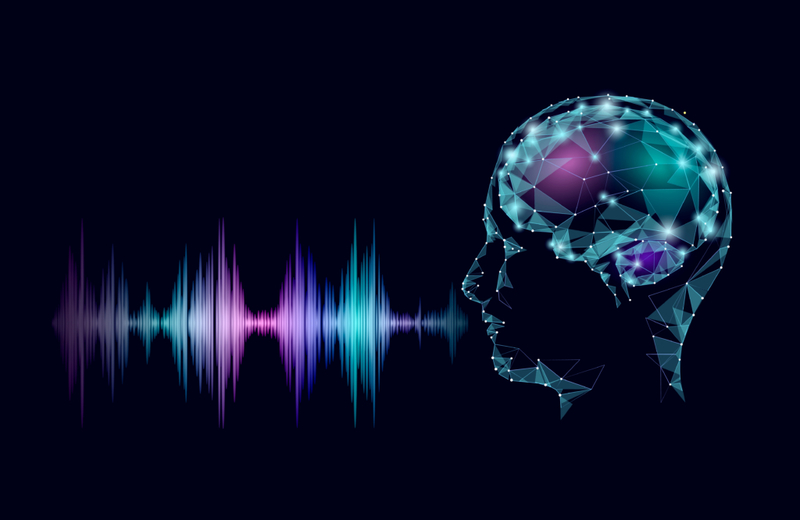
Voice AI essentially boils down to the intersection between human language and machine learning. Here are some of the buzzwords you may come across, and how they feature in this technological advancement.
Natural Language Programming (NLP)
This is the branch of artificial intelligence that processes natural human language data (either speech or text) in order to ‘understand’ and, ultimately, communicate swiftly with people. The aim is to get computers to a place where they can not only recognize words and phrases literally, but also grasp intention and linguistic anomalies, like sarcasm, metaphors, and slang – all of which contribute to the complexity of human communication.
Speech-to-Text
Also known as speech recognition, speech-to-text is the process whereby computers take data samples of spoken language and convert them to text — essentially what transcription is. Sounds straightforward enough – but this is a tricky and lengthy process. Why is that? For starters, we don’t always speak as clearly as we think we do. Where written words have spaces in between for clarity, spoken sentences have no natural breaks between words, and sometimes very few intonation clues, either. On top of that, we stutter and slur our speech, and our conversations are usually littered with ‘ums’ and ‘uhhs’. All of this makes it tricky for computers to weed out the extra details and focus solely on the actual words.
Text-to-Speech
Text-to-speech (or, speech synthesis, if you want to sound fancy) is the reverse process. This process takes natural language text data and has to apply various processes to produce a spoken response, equipped with the right intonation. It’s slightly less complex than speech-to-text but is in no way inferior.

The linguists and computer scientists hard at work aren’t just playing around – voice AI is transforming our daily lives right under our noses.
Smart Speakers
Siri and Alexa have lived with us for years and while their mistakes can be hilariously frustrating, they’ve simplified making to-do lists, getting news updates in real-time, setting alarms, and playing media – just to name a few. We’ve basically all hired 24-hour personal assistants without realizing it.
Customer Service
Voice AI is changing the customer service game. What started out as website chatbots has evolved into full-blown conversational AI service agents who can answer a variety of questions in real-time and save customers from long phone queues.
Healthcare
Don’t get this one twisted – you can’t replace your human doctor with a computer. But what you can do is get a speedy referral based on symptoms that you tell to a conversational AI agent tapping into a huge database, and avoid delays in receiving proper treatment. What’s more, many operating rooms are becoming more voice-controlled to keep everything as sterile as possible throughout procedures.